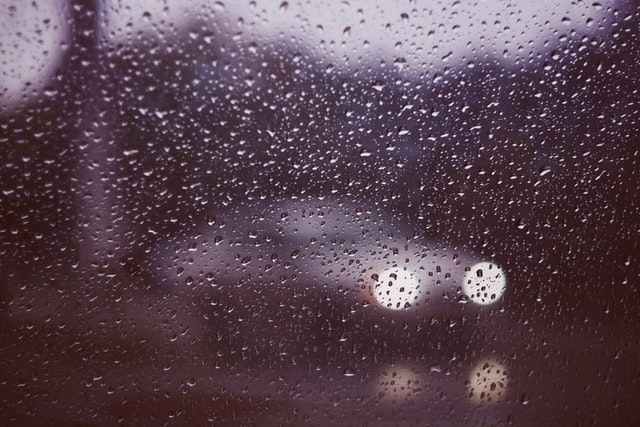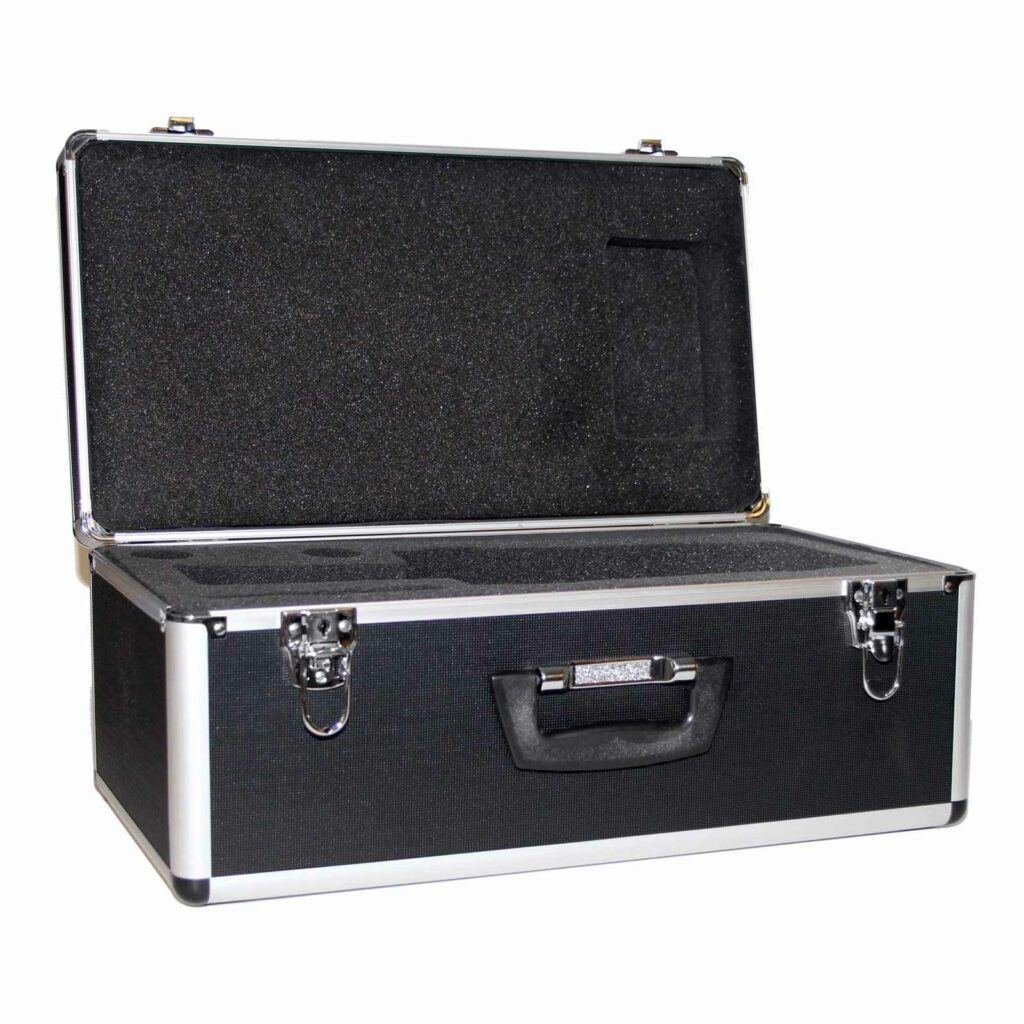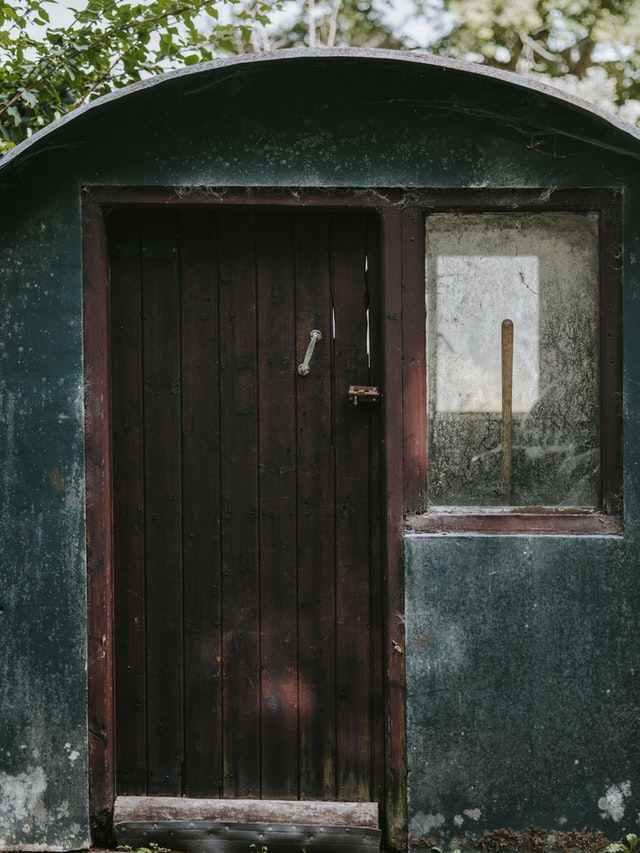*This post may contain affiliate links. This means we may make a commission if you purchase an item using one of our links*
After a good session stargazing, you would need to store the telescope away. leaving it outside exposed to all the elements or leave it in your car sliding around potentially damaging is what you wouldn’t want to do
After all telescopes are very delicate devices and quite expensive too, which is why you’d want to store it so it’s in perfect condition the next time a good opportunity to stargaze arises.
As for how the process you should follow it can be broken down into 4 steps.
- Acclimatise the telescope to room temperature
- Separate the mount, the tube and accessories after 1 hour and place dust caps on all your accessories
- Place the tube in a foam line case or cover it entirely with a dust sheet
- Put all other accessories in thier respective cases/sealed bags to minimise any damage
In essence your device should be placed in a dry, secure, dust free environment so, if a case isn’t available to you, make sure to scope out such a location for your device.
Anyhow, throughout the remainder of this article we’ll dig into the process in more depth so you have a better understanding of what to do.
1. Acclimatise Your Telescope
Table of Contents
The first thing you’ll want to do after finishing your session is to allow your entire set up to acclimatise to the environment around it. What this simply means is that you should place your device in the room you wish to store it in and allow both the tube and mount to adjust to the rooms temperature.

Of course you want the optics to be open (no dust caps) so that the rooms temperature will inevitably evaporate all the dew and moisture from your set up. You’d wanna do this for an hour or so, as in just leaving your setup in the designated dry room, and only after the liquids naturally evaporate from your telescope should you start dismantling it.
2. Protect Your Telescope When Storing It
Telescopes are far more susceptible to damage whether it be the exterior scratched, moisture damaging the internals or dust scratching the mirror/lens on your device.
That’s why in an ideal situation to preserve the quality of your telescope there are a few steps you should take before completely locking it away.
After the components have acclimatised to the rooms temperature the next thing you’d want to do is place dust caps on the lens to minimise the amount of dust build up.

After this you’ll want to protect it using a covering or a hard case with a foam inner lining if you’ve got that available. Ideally you’d want to separate the mount from the tube but, it is possible to keep them together if you want to save time on your next StarGazing session, although it certainly isn’t the best path.
After you’ve separated the 2 main components you’ll want to place a dust sheet (something like bags of silica gel desiccant) in order to minimise the amount of dust particles that may enter your device and potentially damage it.
Furthermore, your tube should be placed either fully horizontally or vertically in order to minimise the amount of stress and weight on the focusing lens due to the mirror/lenses weight on it.
3. Where Your Telescope Should Be Stored
As mentioned you should aim to store your telescope where it’s dry, away from any form of sunlight and in an area that has a fairly consistent temperature (around the typical room temperature).
Some individuals do opt to store them in observatories, sheds or even outside but, the best environment would be a closet or spare room that remains at a consistent temperature.
Dusty garages, spaces that are quite humid or receive the occasional gust of wind could cause your telescope some damage or in the best case scenario will take a ton of cleaning just to make it useable.
In the end of the day, considering the amount of effort it takes to plan for an astronomy sessions most of us won’t necessarily be going for a session every couple days so storing it at the ideal spot will do a world of good for your telescope in the long run.
4. Storing Your Telescopes Accessories
Your telescope accessories whether it be a dew heater or its eyepieces, should ideally placed in the vicinity next to your device,within a case if possible for safety and of course for convenience so you can quickly find them for the next session.
Of course most accessories should also come with their own dust caps to protect so definitely put them on.
Furthermore, if you don’t have a carry case for your accessories, the next best thing do to would be to place each item in a a bag that can be sealed in order to protect them from dust and bugs for example.
Can You Store A Telescope Outside Or In A Shed?

Technically speaking storing your telescope outside can be done and a lot of individuals have done so (mostly to save a good of chunk of time setting everything up) but, considering the whole plethora of issues that your device can face being stored outside, it may not be worth it.
However, if you do want to know how you can do this even if it isn’t recommended, check out this article on the subject.
As for storing it in a shed, as long as the shed is ventilated or you take the proper measures to keep your telescope in a reasonable enough condition, as in covering it with cloth, maybe have a heater next to it to keep it at an ambient temperature among the other general steps such as placing dust caps and leaving the tube in either a horizontal or vertical position.
If you can manage this I don’t see why you couldn’t leave it in your shed, after all it may even be more convenient for you considering the extra space you’ll save (if it’s a big telescope in particular). In the end of the day storing it in a shed is far better than just leaving it outside.
What You Should Avoid When Storing Your Device
There are quite few things that should be avoided when storing your telescope, some of which I’ve already mentioned but, it’s always good to reiterate the points :
- Avoid storing your device in extreme temperatures
- Protect your device from direct sunlight
- Not placing caps on your device after usage
- Don’t leave accessories like a dew heater or eyepiece attached to the telescope it as it may cause strain to the device.
- Do not store your device at an angle as again this will cause extra strain on the device
Summary
Hopefully this article has given you insight on how to store your telescope if it’s something you’ve been worrying about and of course what not to do in order to save yourself from the pain of actually damaging your device so soon after getting it.
As a brief overview of the steps :
- Bring the telescope inside to acclimatise to room temperature for around an hour without breaking it apart
- Separate the mount, the tube and accessories and place dust caps on all accessories that allow it
- Place the tube in a foam line case if you have one or cover it entirely with a dust sheet or a normal cover (make sure that the device is placed either horizontally or vertically and not at an angle).
- Place all other accessories in thier respective cases or in sealed bags to minimise any damage to them too
If you follow these steps then your device should be in working order and ready for the next astronomy session you plan.


